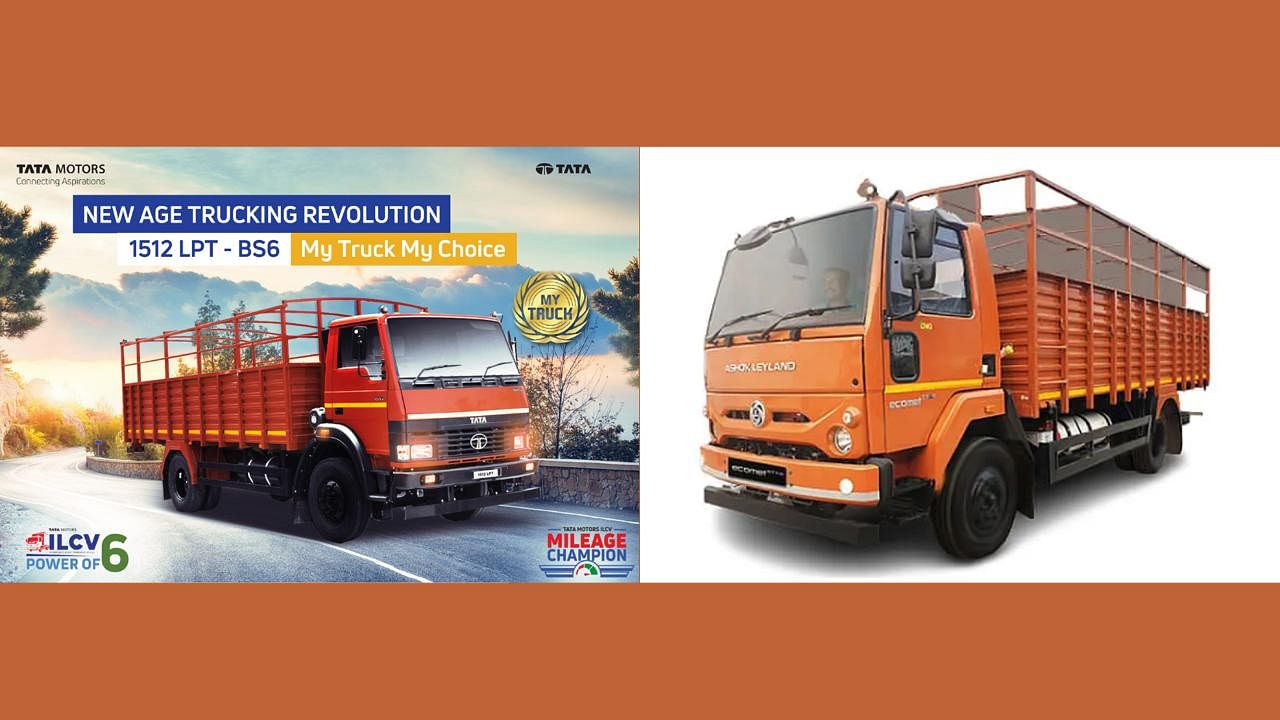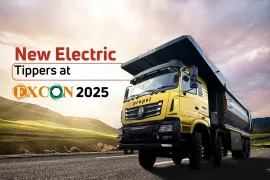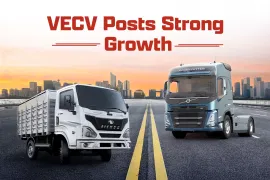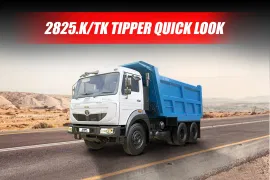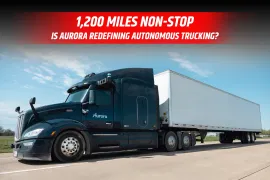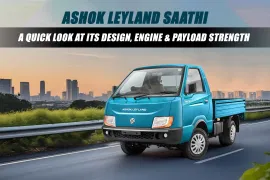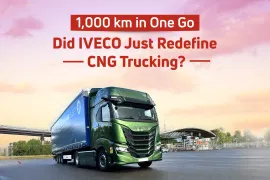When it comes to choosing a medium-duty truck in India, fleet owners and logistics businesses have two strong contenders: the Tata 1512 LPT and the Ashok Leyland Ecomet 1615 HE. Both vehicles boast reliability, power, and efficiency, but which one truly delivers the best value? The answer lies in the details.
Engine and Performance: Power vs. Efficiency?
A truck's heart is its engine, and here’s how these two compare:
- Tata 1512 LPT: Under the hood, Tata packs a 3.3-litre, 4-cylinder BS6 diesel engine that churns out 167 HP and 390 Nm of torque. The powerband sits between 1,000-2,200 rpm, making it a solid performer in urban and highway conditions. A 5-speed manual transmission ensures smooth shifts, while a gradeability of 21.84% lets it tackle inclines with confidence.
- Ashok Leyland Ecomet 1615 HE: On the other hand, Ashok Leyland fits a 3.8-litre H-series engine with i-Gen6 technology, producing 150 HP and a stronger 450 Nm of torque. The 6-speed manual gearbox offers a broader gear range, aiding fuel efficiency on long hauls. The power delivery here is tuned for sustained high loads.
Verdict: Tata’s engine delivers slightly more horsepower, but Ashok Leyland’s higher torque might give it an edge in carrying heavier payloads over long distances.
Size and Payload: More Space or More Flexibility?
- Tata 1512 LPT: This truck comes with a Gross Vehicle Weight (GVW) of 16,020 kg and can carry a payload of 10,550 kg. Buyers can choose from two wheelbase options: 4,200 mm and 4,830 mm, allowing for a decent variety of applications.
- Ashok Leyland Ecomet 1615 HE: With a slightly higher GVW of 16,100 kg, this truck offers a payload capacity of 10,800 kg—a slight edge over Tata. But what truly stands out is its four wheelbase options (3,950 mm, 4,200 mm, 4,750 mm, and 5,200 mm), providing superior customization.
Verdict: If customization and higher payload capacity are priorities, Ashok Leyland takes the lead. If you prefer a more straightforward option, Tata keeps things simple.
Fuel Efficiency and Range: Who Goes the Extra Mile?
- Tata 1512 LPT: Fuel efficiency is approximately 6.5 kmpl, and the truck is equipped with a 160-litre fuel tank—adequate for medium-haul operations.
- Ashok Leyland Ecomet 1615 HE: Similar mileage figures hover around 6.5 kmpl, but the 185-litre fuel tank gives it an advantage on longer routes, reducing refueling stops.
Verdict: For businesses running longer routes, Ashok Leyland’s larger fuel tank adds convenience. For shorter, frequent trips, Tata holds its own.
Comfort & Features: Who Treats the Driver Better?
Comfort matters. A well-equipped cabin can reduce driver fatigue, improving productivity and safety.
- Tata 1512 LPT: Offers a reverse parking buzzer, an advanced instrument cluster with gear shift advisor, a fuel economy display, and telematics integration. Drivers also get a music system with a USB charger—small perks, but they make a difference.
- Ashok Leyland Ecomet 1615 HE: Comes packed with a digital driver assist system (ADDA), gear shift advisory system (GSAS), and day or sleeper cabin options. These add-ons make long trips much more manageable.
Verdict: If driver-focused technology is a priority, Ashok Leyland wins with its modern digital systems. But if affordable, practical features are enough, Tata delivers value.
Price: Budget vs. Features
- Tata 1512 LPT: Starts at ₹23.40 lakh (ex-showroom, New Delhi), making it a cost-effective solution for businesses looking for reliability without breaking the bank.
- Ashok Leyland Ecomet 1615 HE: Priced at ₹27.50 lakh, this truck demands a higher investment but compensates with added features, torque, and fuel tank capacity.
Verdict: If affordability is key, Tata wins hands down. If advanced features justify the price, Ashok Leyland makes a strong case.
Final Thoughts: Which Truck is Right for You?
If your business prioritizes cost-effectiveness, a simpler feature set, and an easy-to-maintain truck, the Tata 1512 LPT is an excellent choice. It offers competitive power, reliability, and great value for money.
But if you’re looking for higher payload capacity, superior torque, better customization options, and advanced driver aids, the Ashok Leyland Ecomet 1615 HE stands out—albeit at a higher price point.
At the end of the day, your choice depends on your business priorities—do you value affordability, or are you willing to pay extra for added capabilities? Either way, both trucks bring impressive performance to India’s ever-growing commercial transport sector.
Stay tuned with 91trucks for all the latest news and updates related to new launches, commercial vehicles and industry insights. 91trucks is the fastest-growing digital platform aimed at providing you with the latest updates and information related to the commercial vehicle industry.
Web Stories
Latest Trucks News
Categories
91trucks is a rapidly growing digital platform that offers the latest updates and comprehensive information about the commercial vehicle industry.
